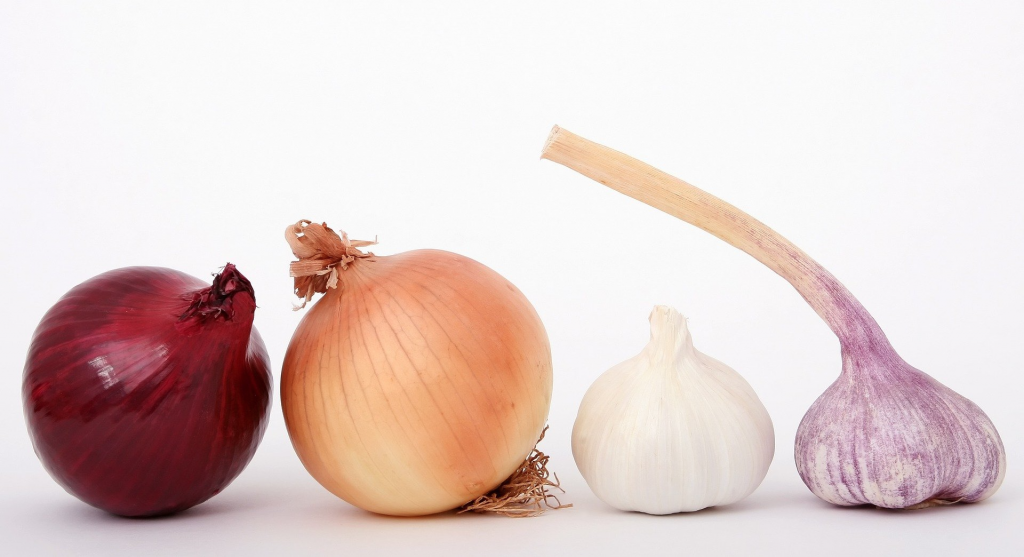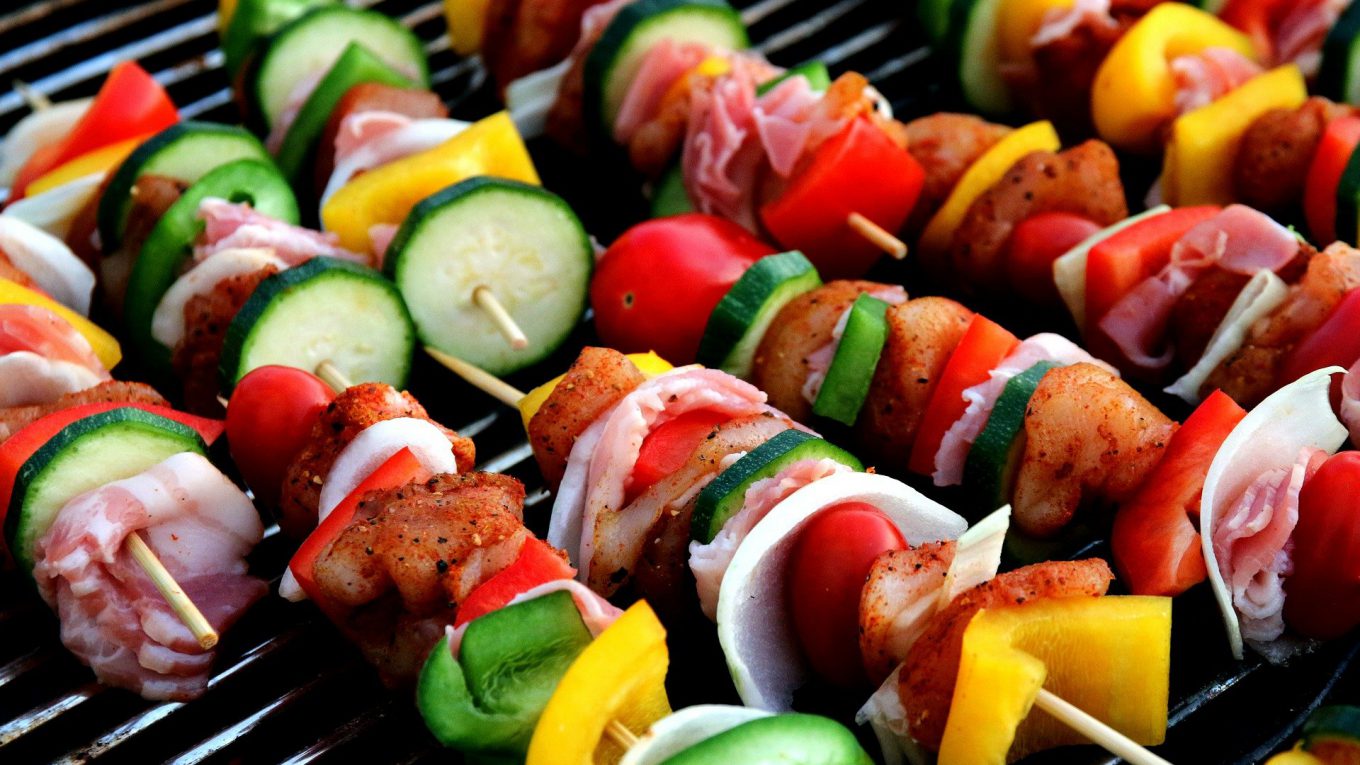How to choose a low-inflammatory food-based diet
‘Eat food. Not too much. Mostly plants.’ said Michael Pollan. That, more or less, is the short answer to the supposedly incredibly complicated and confusing question of what we humans should eat in order to be maximally healthy.
Just because something is nice enough to eat does not mean that our body will cope well with it. We are all different. Some (lucky) people can eat what ever they like without problems. Others cannot. An obvious example is food allergy. If you are allergic to prawns or nuts then you cannot eat them, no matter how much they might have enjoyed them before.

Some foods can have less obvious bad effects on us. This is where the low-inflammatory diet comes in. In nutritional terms, the low-inflam’ diet aims to reduce omega-6 fats, increase omega-3 fats, and remove a range of plant chemicals that some people get inflammatory problems from. These include gluten, lectins, saponins and phytates. Most people seem to live quite happily eating foods containing these plant-chemicals; others do not. So, if you have an inflammatory condition like rheumatoid arthritis it might be worth trying out a low-inflam’ diet for a few weeks as a test. The secret is to choose the right time for you to do it and to do it strictly.
I have listed below a number of foods below and classified them as either low-inflammatory ‘In-foods’ or high-inflammatory ‘Out-foods’. The classification is my opinion based on wide reading about diet and nutrition. There is no one, single official Low-Inflammatory Diet out there. Actually, there is much disagreement and dispute. Very generally the In-foods are ones that have been around in human nutrition in one form or another for many tens of thousands of years. The Out-foods are ones that are either relatively new (like flour and grain products, and things like pulses which need lots of boiling and soaking to make them safe) or very new indeed (like sugary foods and factory-made cook-chill slam-in-the-microwave stuff, laden with preservatives and other chemicals). At the end of the day it is all just my opinion, but one based on what I rather grandly call ‘clinical wisdom’.
Fools, so they say, rush in where Angels fear to tread – The secret of a successful 6-8 week trial of a low-inflam’ diet is planning. Do not rush into it. Stop and think a while. Take your time, make notes, and discuss it with family and friends. The thing to work out is how to do it in the real world of your own life.
- What can I eat?
- How do I prepare or cook it?
- What sort of enjoyable meals can I make from the “In Food’ list?
- How much will it cost?
- How do I get family/partners onside?
- How do I cope with eating out?
- And, is now the right time to do this?
All these are important to consider. Eating anything other than the usual range of quick and easy processed foods can cost a little more, and will also require a time commitment. You cannot do it if you are not willing to prepare foods from ingredients and actually cook!
So what sort of meals can I eat?
Going Low-inflam’ requires planning, you will have to rethink what to eat and how to cook it for at least a few weeks. The biggest hurdle is doing something different, moving outside of the comfort zone. It is up to you to decide what is going onto your menu but here are a few outline suggestions…
Breakfast: the most tricky meal for some, but only because we are conditioned to think that only cereals or fry-ups are proper for breakfast. Break the mould… try something different. You could have fruit, a couple of days a week. You could eat last night’s left-over meat or fish with some vegetables if you want. There is no law against this you know! A bio-yogurt, or an egg a couple of days a week is okay too. In fact, a protein-based breakfast, like meat or fish, is more filling than a traditional cereal carbohydrate breakfast.
Light meal: Chicken breast with spinach, griddled salmon with broccoli, veggie’ sticks (e.g. carrot, celery, cauliflower florets with a vinaigrette).
Main meal: roast lamb, beef, any fish you like with a selection of okay vegetables is nice. I like home-made coleslaw, which is cheap and tasty. The main thing is to base your meals mainly and sometimes totally on vegetables; things like artichoke, asparagus, broccoli, cabbage, carrots, cauliflower, celeriac, courgette, cucumber, fennel, garlic, kale, lettuce, marrow, mushroom, onions, pak choi, pumpkins and squash, spinach, sweet potato, swiss chard and watercress. And flavour them with the herb listed below.
| In Foods | ||
| Vegetables | All except those from the deadly nightshade family (potato, tomato, aubergine, peppers capsicums and chillies) | |
| Fruit | All except sweetened or candied fruit. Beware dried fruit as it may contain preservatives. Berries are fine | |
| Berries | All unless sweetened | |
| Meat | All except processed meats like ham, bacon, sausages, salami, black pudding, and meat in pies and puddings. Keep red meat to just one or two servings a week. Don’t forget organ meats like liver, kidney, heart etc. They are cheap and nutritious. | |
| Fish | All fish and shellfish, unless it is breaded or battered | |
| Fats and oils | Avocado and Olive oil. Butter (mostly fat and low protein dairy), lard, dripping | |
| Others | For seeds, nuts and eggs see the table below | |
All these In-foods require preparation and proper cooking
| Out-foods | ||
| Dairy | See table below. Milk, from an evolutionary perspective, is baby food and the stuff we eat and drink most is baby food for cows | |
| Grains | A ‘new food’ for humans that first appeared 10K years ago when the agricultural revolution started. The grains also include rice | |
| Pulses and legumes | Pulses and legumes, including soya bean products – see table below and FAQs | |
| Potato | A nightshade food that is new to human nutrition | |
| Sugar | Hidden or otherwise. The ultimate nutrition free fattening edible product. Avoid | |
| Seed oils | AKA the vegetable oils. Rape, Soya, Sunflower, Safflower oil – all high in pro-inflammatory Omega-6 oils. Swap to natural fats and oils. No margarine either | |
Frequently Asked Question
What is a low-inflammatory diet?
A low-inflam’ diet is one that avoids a number of foods that can disturb your body’s functions. Basically, it is one that contains meat, fish, fruit and vegetables. It avoids grains, pulses, legumes, most dairy, potatoes and sugar. As a result it is one that avoids almost all processed and refined foods.
What is a processed food?

Processed foods are generally factory produced and almost always contain significant amounts of preservatives. They are almost always made from a very small number of basic foodstuffs. The big-six food items in modern refined food diets are wheat, corn, soya, potato, rice and sugar. All six are to be avoided when on a low-inflam’ diet.
What is processed meat?
These come in two forms. Firstly, meat products with nitrate and/or nitrite preservatives. That means ham and bacon mostly, and secondly, those that have been heavily processed. That means pies, sausages and things like salami, pepperoni and chorizo.
What are grains and grain products?
There are a number of grains out there. The most common are wheat, barley, rye, oat and corn (maize). All contain gluten to some degree and all are used in bread and in a number of processed foods e.g. biscuits and cakes, pizza and pasta. Some are fed to animals that we rear for their meat e.g. cows, which should be eating grass. This can change the quality of the meat like increasing omega-6 levels.
Why are eggs ‘out’ foods?
Most of the eggs we buy are high in pro-inflammatory omega-6 fatty acids. An exception is eggs from hens fed omega-3 fat-containing feeds. Their eggs are higher in omega-3s and so are okay.
Why is butter in, but cheese out?
Butter contains milk fats, which seem to be okay. Cheese and milk contain the milk protein casein, which isn’t.
What are the ‘nightshade’ vegetables?
Potato, tomato, peppers and chillies, aubergines. These plants contain chemicals that can have a toxic effect of the gut. A disturbed gut can allow a variety of chemicals and bugs to ‘leak’ into the body. Just because they are common, and indeed very tasty ingredients, does not mean that they are okay to eat if you have an inflammatory condition. It is odd to think that just over four hundred years ago not one person in Europe had ever eaten a potato or a tomato. Both plants originated in South America.
What is a legume?
Legumes are bushes and plants which generally produce their seeds in pods. They include lentils, peas, beans and peanuts. Examples of beans include soy/soya beans/edamame beans and soya products, chickpeas (e.g. in hummus), kidney beans, butter beans, broad bean, fava beans, black beans, mung beans, pinto beans… in fact almost everything with bean in the name (but not coffee beans).
Are pulses and legumes the same?
Almost, but not quite. Pulses are dried legume beans. Peas and peanuts therefore are not considered as pulses.
What are plant-derived oils?
These are oils extracted from a number of types of seed. Almost all have a lot of omega-6 fats in them. Perhaps soya oil has the highest. Olive oil and coconut oil are more omega-3/6 balanced. Some other plant fats can be converted into liquid oils in an industrial process involving pressure, heat, metallic catalysts and hydrogen. These are the trans-fats and must be avoided by all, and not just those with inflammatory conditions.
What are seed oils?
These are plant oils made from things like rapeseed (including canola), safflower, soya and sunflower seeds. In fact, almost all vegetable oils are basically seed-oils. The best oils to use are olive and coconut oils.
What are the seed derived herbs?
Mustard, Cumin. Cardamom, caraway. Coriander seeds are the most commonly used seed spices
What are non-seed herbs?
Parsley, sage, rosemary and thyme, as well as basil, mint, ginger, turmeric and cinnamon are the most commonly used herbs.
What are sweeteners?
Calorific sweeteners include… table sugar/sucrose, fructose, honey, agave and all the other numerous and various names for glucose/fructose based sugars. Sugar appears to counteract the beneficial effects of Omega-3 fatty acids and so is included on the ‘Out Foods’ list. It is also an inducer of the metabolic changes associated with fatty liver and type-2 diabetes.
Low-cal sweeteners include aspartame, xylitol, stevia
Surely this diet is rubbish?
Surely, we have evolved to eat a lot of foods listed here as bad? Wrong. Careful studies looking at the type of diets eaten by our human predecessors, and our primate forebears before that shows that they are all basically low-inflam’ diets. Studies of modern hunter-gatherer communities bear this out too. Almost all the pro-inflammatory foods only appeared when we gave up hunter-gathering and became farmers, and more recently consumers of industrial refined foods.
Some links I used:
http://michaelpollan.com/articles-archive/unhappy-meals/ http://aiplifestyle.com/what-is-autoimmune-protocol-diet/ http://thepaleodiet.com/beans-and-legumes-are-they-paleo/ http://www.ncbi.nlm.nih.gov/pubmed/21489572
A more detailed summary table
| Food | In foods | Out foods |
| Vegetable | All vegetables, except nightshades | Nightshade vegetables* |
| Fruits and berries | 1-2 pieces per day maximum Avocado once/week max | Beware dried fruit, which may contain preservatives. Avoid if it does |
| Meat | Red meats (preferably grass fed) 1-2 times per week, organ meats like liver and kidney, poultry | Processed meat* |
| Fish/shellfish | All except… | Battered or breaded products |
| Dairy | Butter and live-yogurt in small amounts | Milk, milk sauces and custards, cheese (sorry) |
| Potato | – | Potato is a nightshade food (sweet potato okay occasionally) |
| Eggs | Perhaps 1-2 per week and choose omega-3 enriched if possible | Otherwise an out food |
| Grain | – | Grains or grain products* |
| Legumes* | – | All |
| Pulses* | – | All |
| Seeds | Small amounts okay | – |
| Seed oils* | – | All |
| Nuts | Occasionally walnuts or macadamias | No other nuts or nut oil |
| Coconut | okay | – |
| Plant derived oils | Olive and coconut oils only | All other oils* |
| Herbs | All non-seed herbs* | Seed derived herbs* only in small amounts very occasionally |
| Alcohol | – | All (sorry again) |
| Vinegar | All (unless sweetened) | – |
| Sugar* | – | All |
| Sweeteners | – | All |
| Confectionary | High percentage (70% and above) coco-solid unsweetened dark chocolate, occasionally | All |
* See FAQs below

